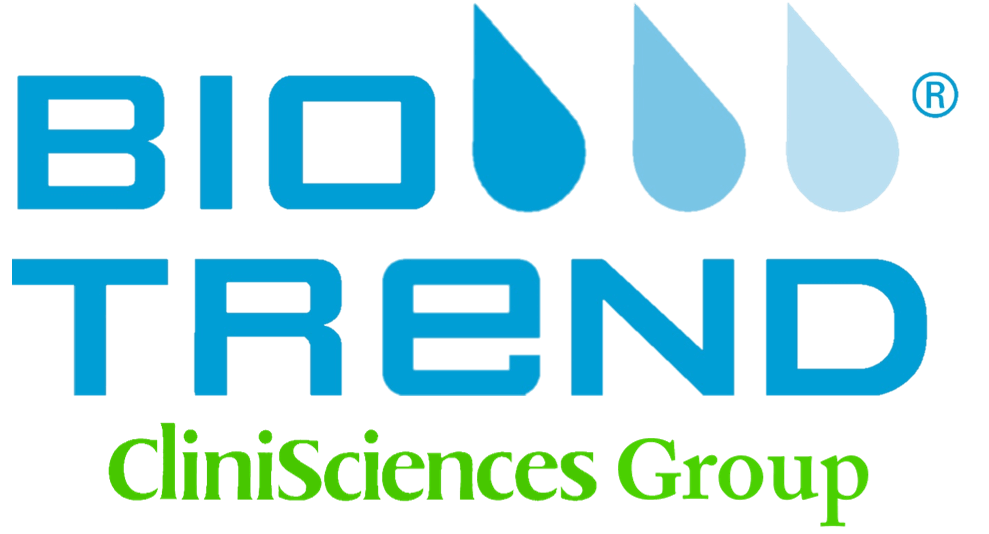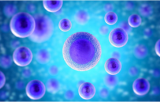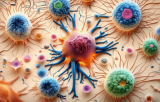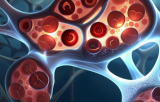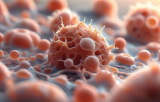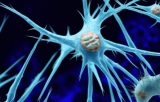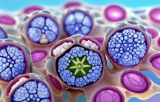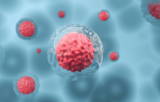Primary cells are directly isolated from tissues and are considered the most biologically relevant model for studying cellular behavior and disease mechanisms. They closely mimic the physiological state of cells in vivo, making them ideal for research applications where accuracy and biological relevance are paramount.
Characteristics of Primary Cells
-
Origin: Primary cells are obtained directly from tissues using enzymatic or mechanical methods to disaggregate the tissue into viable cells.
-
Lifespan: They have a limited lifespan and typically undergo senescence after a certain number of passages, usually between 10 to 20 passages.
-
Biological Relevance: Primary cells retain the genetic and phenotypic characteristics of the parent tissue, providing a more accurate representation of in vivo conditions compared to immortalized cell lines.
-
Applications: They are widely used in preclinical research, including studies on intercellular communication, developmental biology, and disease modeling such as cancer, Parkinson’s disease, and diabetes.
Types of Primary Cells
Primary cells can be derived from various tissues, including:
-
Epithelial cells: Found in skin and internal organs.
-
Fibroblasts: Common in connective tissue.
-
Keratinocytes: Key components of skin.
-
Endothelial cells: Line blood vessels.
-
Hematopoietic cells: Involved in blood cell formation.
-
Mesenchymal stem cells: Found in bone marrow and other tissues.
Advantages of Primary Cells
-
Biological Accuracy: They offer a more faithful representation of tissue physiology and function.
-
Research Relevance: Ideal for studying disease mechanisms and drug responses in a biologically relevant context.
-
Personalized Medicine: Useful in developing personalized therapeutic approaches by mimicking the patient's tissue environment.
Challenges with Primary Cells
-
Limited Lifespan: Requires frequent isolation from tissues.
-
Higher Maintenance: Needs specific culture conditions to maintain viability.
-
Cost and Availability: Can be more expensive and difficult to obtain compared to cell lines.
Despite these challenges, primary cells remain a crucial tool in biomedical research, providing insights into cellular biology and disease mechanisms that are not always possible with immortalized cell lines.
